The Day of the Dead, or Día de los Muertos, is a lively and meaningful two-day holiday that brings the living and the dead together in spirit. It is not a sad event. Families gather to remember and honor loved ones who have died. With symbols, traditions, and strong images, the celebration welcomes the dead, who are believed to hear prayers, smell favorite foods, and join the party.
This holiday, observed mainly in Mexico and by Hispanic communities worldwide, treats death as part of life. It is a time when grief turns into celebration. People keep memories alive with altars, special foods, and community events. The heart of Día de los Muertos is the lasting link between ancestors and the living.
Origins and Historical Background
Día de los Muertos dates back more than 3,000 years, rooted in ancient Mesoamerican traditions among Indigenous peoples in today’s Mexico and Central America. Civilizations such as the Aztecs held rituals for death, making offerings to deities like Miccaihuitl, the lady of death. They believed the living and the dead were closely connected, and offerings kept that bond strong.
After the Spanish arrived in the 16th century, Indigenous customs blended with Catholic practices. Celebrations shifted to match All Saints’ Day (November 1) and All Souls’ Day (November 2), which honor the departed. This mix formed the modern Day of the Dead, a blend of pre-Columbian and European customs with Christian elements.
Key Dates and Duration
Día de los Muertos runs from October 31 through November 2. It begins at midnight on November 1 with Día de los Angelitos (Day of the Little Angels), dedicated to children who have died. Their spirits are believed to visit for 24 hours.
On November 2, the focus turns to Día de los Difuntos, which honors adults. Families keep gathering, and altars include items adults enjoyed. The afternoon of November 2 brings the biggest public events-parades, cemetery visits, and community celebrations.
| Date | Name | Who Is Honored | Common Activities |
|---|---|---|---|
| Oct 31 (evening) | Preparations | All departed | Set up altars, cook, decorate |
| Nov 1 | Día de los Angelitos | Children | Child-focused ofrendas, toys, sweets |
| Nov 2 | Día de los Difuntos / Día de los Muertos | Adults | Parades, cemetery visits, adult offerings |
Cultural Significance in Mexico and Beyond
In Mexico, Día de los Muertos is a key part of national identity and heritage. It keeps family stories alive and helps people stay close to their roots. The colorful altars and joyful parades show a view of death as a natural stage of life to be honored.
Beyond Mexico, Hispanic communities across the United States and Latin America celebrate it too. Films and public events have spread awareness of its themes of love, memory, and acceptance of mortality. It reminds people everywhere to honor those who came before them.
Common Misconceptions: Not Halloween
Although the dates are close, Día de los Muertos is different from Halloween. Halloween comes from Celtic traditions and often centers on ghosts, spooky costumes, and trick-or-treating.
Día de los Muertos is about life, death, and family, filled with joy and color. It is not about fear. You will not usually see scary costumes or decorations like bats and spiders. Instead, smiling skulls and skeletons appear in bright colors, playfully mocking death rather than fearing it.

Major Symbols and Decorations Used During Day of the Dead
Día de los Muertos is rich in symbols and decorations. Each element helps invite and guide the spirits back to their families.
Ofrenda: The Heart of the Celebration
The ofrenda, or offering, is the center of the celebration. It is a carefully made home altar that honors departed loved ones. More than a display, it is a welcome space for spirits, decorated with items that match the person’s life and tastes. Each piece has meaning and helps connect the living with those who have passed.
While “ofrenda” can mean the altar, it mainly refers to the items placed on it. Ofrendas range from simple tables to multi-tiered structures. Many have three levels for heaven, earth, and the underworld; some have up to seven. The style and contents vary by region across Mexico.
Altar: Structure and Meaning
The altar is the base for the ofrenda. Families often cover it with a bright oilcloth and add photos and personal items of the deceased. Every altar reflects the person’s life, making each one unique.
Ofrendas include the four elements:
- Water: a pitcher for thirsty spirits.
- Wind: papel picado moving in the air.
- Earth: food, especially pan de muerto.
- Fire: candles, often set as a cross to mark directions.
Cempasúchil: Marigolds and Their Symbolism
The bright orange and purple shades of cempasúchil (marigold) are a hallmark of the holiday. Known as “Flor de Muerto,” these flowers bloom during the season in Mexico. Their strong color and scent are said to attract spirits and guide them home. Petals often form paths leading to the ofrenda.
Marigolds also have a long history in healing. On the holiday, their beauty and short life remind people of life’s fragility. Orange marigolds can represent earth, and purple flowers can stand for grief.
Calaveras: Sugar Skulls, Poetry, and Satire
Calavera means skull, and it appears everywhere during the holiday. The well-known calavera de azúcar (sugar skull) is made of sugar and water, decorated with foil, icing, beads, ribbons, and feathers. They often show the name of the departed on the forehead and sit on ofrendas as sweet symbols of life and death.
Calaveras usually smile, showing humor in the face of death. “Calaveras literarias” are satirical poems that joke about people as skeletons. This playful use of skulls reaches back to Indigenous customs.
La Catrina: Origins and Modern Depictions
La Catrina is a famous female skeleton dressed like wealthy European women of the early 1900s. Mexican artist José Guadalupe Posada created her as social commentary, showing that death levels all people, rich or poor.
Today, La Catrina appears in art, figurines, and face painting. She stands for acceptance of mortality and is a strong symbol of Mexican identity.
Calacas: Skeletons in Art and Festivities
Calacas is a slang word for skeletons in Mexican Spanish. In this holiday, they are lively and colorful, shown dancing, playing music, riding bikes, and doing daily tasks. They show that the dead still belong to the community.
Calacas come as clay or papier-mâché figures, giant parade puppets, and face paint designs. “La Calaca” can also personify death in a friendly, playful way.
Papel Picado: Decorative Paper Banners
Papel picado are cut tissue paper banners used across Mexico and are key to Día de los Muertos. Artists cut detailed shapes-skeletons, animals, and religious signs-and hang them in streets, homes, and around ofrendas.
Their flutter represents wind, one of the four elements on an altar. The bright colors add joy and mark the presence of life and spirit.
Pan de Muerto: Traditional Bread
Pan de muerto (Bread of the Dead) is a sweet bread linked closely to the holiday. It is usually round, flavored with anise and orange zest, and topped with dough “bones.” A small ball in the center can stand for a tear or a skull.
This bread is both an offering (earth element) and a shared food for families, often dipped in coffee or hot chocolate. Recipes differ by region, but the meaning stays the same.
Copal: Incense and Spiritual Cleansing
Copal incense comes from the copal tree and has been burned in Mesoamerica since ancient times. The word comes from Náhuatl “copalli,” meaning incense. People believe the rising smoke carries prayers upward and links the physical and spiritual.
During the holiday, copal sits on or near the ofrenda. Its aroma invites spirits and helps create a clean, welcoming space. Many Indigenous groups also use copal for its healing uses.
Symbolic Elements and Their Meaning
Beyond the objects you can see, Día de los Muertos holds symbols that carry old beliefs and strong emotions, adding depth to the celebration.
Angelitos: Honoring Deceased Children
Angelitos, or “little angels,” are children who have died. They are honored on November 1, Día de los Angelitos. Families prepare offerings made to welcome young spirits. Many believe they arrive on Halloween night and stay through November 1.
Altars for angelitos include items that children enjoy, such as snacks, candies, toys, and photos. Names often appear on sugar skulls to make their presence feel close and remembered.
Día de los Angelitos and Día de los Difuntos: Distinct Days
The celebration has two main days. November 1 is for children, with altars that reflect youth and innocence.
At midnight leading into November 2, the focus turns to adults on Día de los Difuntos. Ofrendas may include tequila, mezcal, pulque, atole, and pan de muerto. Families play games, share stories, and enjoy music and dancing in honor of visiting adult spirits.
Monarch Butterflies and Spiritual Belief
Monarch butterflies carry special meaning during this time. Many people believe they carry the spirits of the dead. Each fall, around November 1, monarchs arrive in Mexico during their migration, matching the holiday dates.
Their return is seen as a sign that loved ones are near. Their short lives and yearly cycle mirror the ideas of life, death, and renewal.
Xoloitzcuintli: The Sacred Dog in Mythology
The Xoloitzcuintli is an ancient Mexican dog breed with a special role in stories about the afterlife. People once believed these dogs helped spirits cross the mythical Chiconauhuapan river to reach the Underworld.
In the past, some were buried with the dead to guide them. Today, a ceramic Xolo or another image on the ofrenda is seen as enough to call on this helpful guide.

Typical Day of the Dead Traditions and Activities
Día de los Muertos invites people to take part at home and in the community through shared acts of memory and joy.
Family Gatherings and Remembering Loved Ones
Above all, this holiday is about family. Relatives gather to honor those who have died. They share meals, stories, and memories, building a warm space of love and respect.
Families celebrate the lives of their ancestors together, keeping legacies alive and turning sorrow into a bright tribute to life and connection.
Home Altars: Setup and Personalization
Making a home altar, or ofrenda, is one of the most personal traditions. Families set up these altars with care, covering a table with a bright cloth and arranging photos and personal items of the deceased.
Offerings often include:
- Candles to light the way.
- Water for thirst.
- Cempasúchil flowers to attract spirits.
- Foods such as pan de muerto and favorites of the departed.
Children may add paper marigolds and other crafts. Families often play the person’s favorite music while they set up, recalling shared moments.
Cemetery Visits and Grave Decoration
Many people visit cemeteries, especially on the last day. Families clean and decorate graves, turning them into bright places of memory.
Graves often have marigolds, gifts, and sugar skulls with the person’s name. Candles are lit, and small ofrendas may sit on the graves. Families bring food, tell stories, and sometimes play music, creating a lively time with their ancestors.
Food and Drink Offerings
Food and drink are central to the holiday. Ofrendas are filled with favorite dishes and beverages, inviting spirits to join a symbolic meal. Common items include:
- Moles, tamales, and regional sweets.
- Pan de muerto.
- For adults: tequila, mezcal, pulque, and jars of atole.
The aromas are believed to draw in the souls. Families also eat together, sharing the same foods to show unity across generations.
Face Painting and Costumes
In public events and parades, people often paint their faces as calaveras with flowers, glitter, and bright colors. This art lets people play with the idea of death in a respectful way.
Costumes may include elegant dresses inspired by La Catrina or suits for men. These looks reflect a view of death as natural and even joyful, adding to the festive mood.
Parades and Community Celebrations
Large parades and public gatherings are now common, especially in cities. People in calavera makeup and costumes join processions with music, dancing, and floats, sharing pride and joy.
These events bring neighbors together to honor their ancestors and celebrate shared traditions.
Comparsas: Traditional Dance and Music
In places like Oaxaca, Comparsas are big parts of the holiday. Groups wear creative costumes and perform traditional dances with live music. The energy fills the streets.
Humor and satire often appear, with characters that include playful skeletons. Local bands set the beat for the parades, linking art, memory, and community.
Tapete de Arena: Sand Carpets and Art
In some regions, especially Oaxaca, people create tapetes de arena (sand carpets). These detailed ground artworks use colored sand, seeds, beans, flower petals, and sawdust.
The designs range from religious images to playful scenes with skulls. The art form came from Spain’s Catholic feasts and later became part of Día de los Muertos. The short life of the sand carpets reminds people that life also passes quickly.
Regional and Local Differences in Traditions
Across Mexico, people keep the same core idea-honor the dead with love-but local customs vary. Each region has its own way to build ofrendas, cook special foods, and hold public events. In the Sierra Norte region of Oaxaca, bells ring from midnight on November 1 through November 3, with lighter bells for children and deeper ones for adults.
Some places have dances like La Danza de los Viejitos in Michoacán. Others focus on sand carpets or local dishes. These differences show the rich variety of Mexican culture and how each community expresses remembrance in its own way.
Day of the Dead Art, Crafts, and Food
Día de los Muertos is a time for creativity. Art, crafts, and cooking express care, memory, and family pride.
Making Sugar Skulls
Families make calaveras de azúcar (sugar skulls) in the days before the holiday. They mix sugar and water, mold the shapes, and let them dry. The plain skulls become a base for decoration.
Children and adults decorate them with icing, glitter, beads, foil, and feathers. Many add the name of a loved one to the forehead. These smiling skulls go on the ofrenda as playful and respectful tributes.
Crafting Papel Picado
Papel picado is a careful paper craft central to the look of the holiday. People cut designs into tissue paper, making banners that sway gently. Common themes are skeletons, religious symbols, and daily life.
These banners hang in streets, homes, and around ofrendas. Their motion stands for wind and the brief nature of life, while their colors add joy.
Baking Pan de Muerto
Baking pan de muerto is a beloved kitchen tradition. This sweet bread, often flavored with orange and anise, has a round shape with dough “bones” and a central “tear” or “skull.”
Recipes vary across Mexico. Some loaves are sugar-dusted, others glazed. Families bake and share the bread as a way to connect through taste and memory and to offer it to visiting spirits.
Creating Calacas and La Catrina Figurines
People also make calacas and La Catrina figures from clay, papier-mâché, or wood. These skeletons dance, play music, and perform daily tasks, showing that death is part of life with humor and color.
Preparation of Traditional Dishes and Beverages
Kitchens come alive with dishes loved by the departed. Families cook rich moles, tamales, and sweets so familiar scents welcome visiting spirits.
Drinks include hot chocolate, atole, and for adults, tequila, mezcal, and pulque. These foods and drinks go on the ofrendas and are shared by the living, strengthening family ties and cultural memory.
Why Day of the Dead Traditions Endure
Día de los Muertos keeps people connected across generations, supports cultural identity, and turns loss into an active celebration of life.
Role in Maintaining Family Connections
The holiday brings families together, sometimes across long distances, to honor ancestors. Cooking, building altars, and sharing stories strengthen bonds. Children learn family history and grow closer to their roots.
By inviting the spirits back, people feel a steady sense of family unity. Death does not cut ties; it changes how people relate to those they love. This brings comfort and a strong feeling of belonging.
Impact on Mexican Identity and Heritage
Día de los Muertos reflects a distinct Mexican view of life and death. It blends Mesoamerican beliefs with Catholic practices, creating a rich set of customs that show cultural strength and continuity.
Art, music, and rituals express a shared idea: death is a natural part of life. Many people in Mexico take pride in this living tradition that links them to their ancestors and shapes their culture today.
Celebration as Affirmation of Life and Death
This holiday stands out because it honors both life and death. In many places, people avoid talking about mortality. Here, families face it with color and music, turning grief into a warm tribute. Death is seen as a natural change that gives life deeper meaning.
Altars, parades, and cheerful skulls make death less distant. By remembering the departed with joy, people are reminded to value their own lives and relationships.
Frequently Asked Questions About Day of the Dead Traditions
Is Day of the Dead a Somber or Festive Event?
Día de los Muertos is a festive event with respect at its core. Families celebrate the lives of those who have died through color, music, food, and stories.
Smiling sugar skulls, dancing skeletons, and bright costumes show a friendly approach to mortality. Many believe the line between living and dead grows thin, making room for a joyful reunion.
Who Can Participate in the Day of the Dead?
Everyone is welcome. While it grows from Mexican and Central American Indigenous traditions, its messages-love, memory, and accepting death-speak to people everywhere. Many communities hold public events and altars that invite learning and participation.
You can build a small ofrenda at home, visit a local event, or simply take a moment to remember someone important to you, including pets.
How Do Day of the Dead Traditions Differ by Region or Country?
The goal-honor and remember the dead-stays the same, but customs vary widely. Local Indigenous roots, history, and culture shape how people celebrate.
Examples of variation include:
- Ofrendas: multi-tiered in some areas, simpler in others.
- Food: regional dishes and distinct pan de muerto recipes.
- Public art: sand carpets and Comparsas in Oaxaca; cemetery vigils or folk dances in other regions.
- Sounds and timing: bell ringing styles and schedules can change from town to town.
These differences show the broad range of ways people honor loved ones during this beloved holiday.

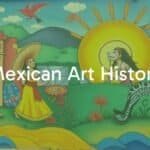
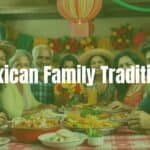

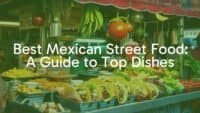
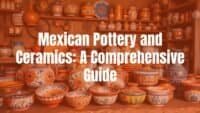
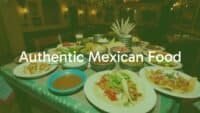
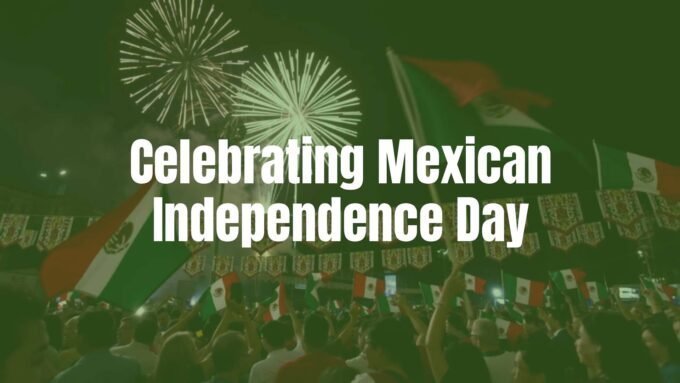
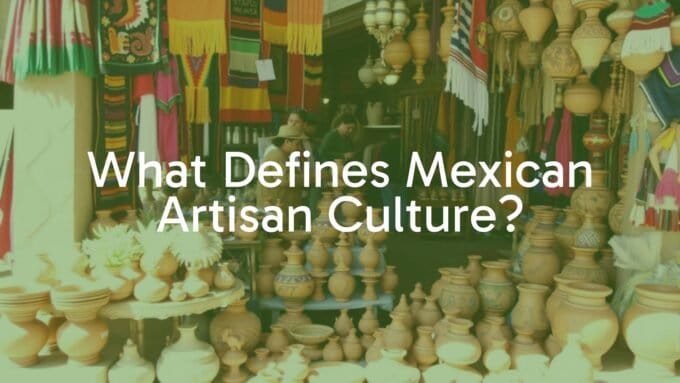
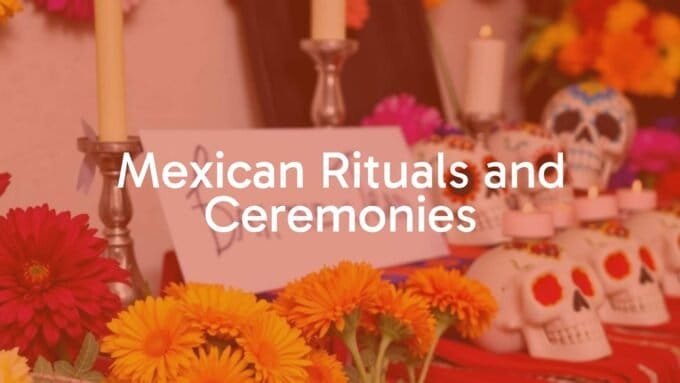
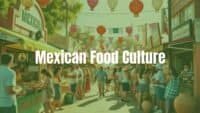
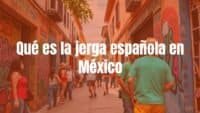
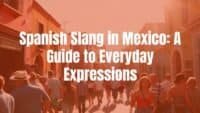
Leave a comment